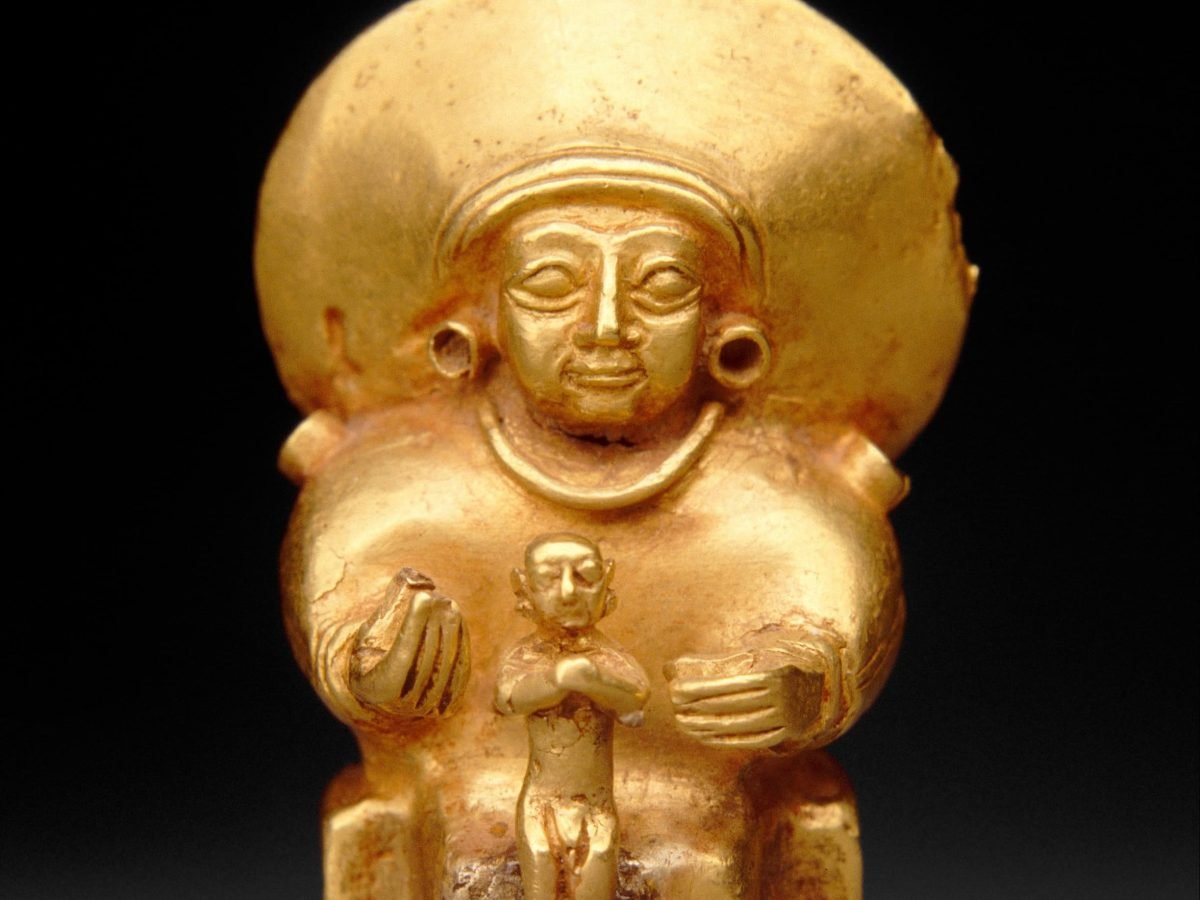Cover image: Seated goddess with a child (detail), Hittite, ca. 14th–13th c. BCE. Metropolitan Museum of Art, New York. (Public Domain)
When I tell people that I’m an art historian, I’m often met with confusion and awkwardness. It’s clear that people don’t really know what that title means, but then again, I didn’t either until I started college. It’s actually a fairly common degree, but the fact that’s the subject is not generally taught in primary school probably contributes to the lack of awareness about it.
What is an art historian?
There’s no single, authoritative answer to this question. But to put it as simply as possible, an art historian is someone who studies and interprets historical art and architecture in some way. This can take many forms, including but not limited to the intense research and writing done by professors and the exhibitions designed by curators. While art historians tend to be broadly knowledgeable in most areas of world artistic production, they tend to specialize in a smaller subset, like a specific style or the art of a particular time and place. And despite the title, there are also art historians who work with contemporary art. Art historians generally work for museums, universities, art galleries, auction houses, and other related organizations. There are also independent art historians – like me! – who pursue their own projects or work on a freelance basis.
How do you become an art historian?
I became an art historian by studying art history in college and getting my B.A. in the subject. In order to receive my degree, I studied major styles of art and architecture from prehistory through the 20th century. For each style, I learned about important artists and artworks, major ideas, historical context, accepted interpretations, and significant scholarship in the field.
I also spent a lot of time doing reading and analyzing academic papers, as well as writing responses, research papers, analyses and comparisons of artworks, etc. I took research and writing-based classes where I learned about methodology and did tons of writing. I also spent a semester studying contemporary art. Before I graduated, I wrote a 100-page honors thesis, where I conducted my own research to create and defend a unique position I came up with on a topic of my choosing.
Advanced degrees
Someday, I may decide to pursue an advanced degree in art history, probably a PhD, which is basically required for many of the more prestigious jobs. To do so, I will have to choose a very specific field of study within the discipline, take more advanced classes in theory, research, and methodology, and then write a heavy-duty dissertation related to my chosen specialty. Or I could choose to instead go for a certificate or degree in a field like appraisal, art business, or museum administration. It’s not strictly necessary to have a B.A. in art history to pursue one of these options, even the PhD. A surprising number of very successful art historians I know got their undergraduate degrees in something else and did not study the subject until graduate school.
The value of an art history degree
The biggest of all myths about art history is that an art history degree is useless. People rarely say it to my face, but they make this opinion obvious in other ways. I wish they would actually ask me about it, because I would be happy to clear this up for them. Even if you don’t end up pursuing any of the many career paths in the industry, an education in art history teaches versatile skills relevant to all different lines of work. How many professionals would benefit from skills like these? How much would people in general benefit from these skills in all areas of their lives?
- Keen attention to visual detail.
- Fluency in translating visual phenomena into accessible words.
- Familiarity with cultures not your own.
- Understanding of how political, social, economic, and religious elements together influence wider culture across time and space.
- The ability to piece together a cohesive argument from various visual and written sources.
- Strong analytical, expository, and research-based writing skills.
- Understanding of how visual components such as color, composition, and symbolism effect human thoughts and emotions.
- Familiarity with world history, literature, and human achievement.

